Quigley Down Under 2 (2025)
Quigley Down Under 2 (2025) is a sweeping, emotional, and action-packed Western epic that revives one of the genre’s most iconic heroes for a new generation. Directed by James Mangold (
The story opens in 1888, with Quigley living a quiet life in northern Queensland. Older, grayer, but still sharp as a rifle’s edge, he’s retired from bounty hunting and lives with his wife, Cora (Laura San Giacomo), running a small horse ranch. But peace never lasts long for men like Quigley. When a group of ruthless mercenaries — hired by a British mining syndicate — begins terrorizing Aboriginal villages to seize their land, Quigley finds himself drawn back into the fight. The violence hits home when a young Aboriginal boy he once saved reappears, begging for help after his people are massacred. Reluctantly, Quigley straps on his long rifle once more and sets out across the harsh Australian desert to confront a new breed of evil.
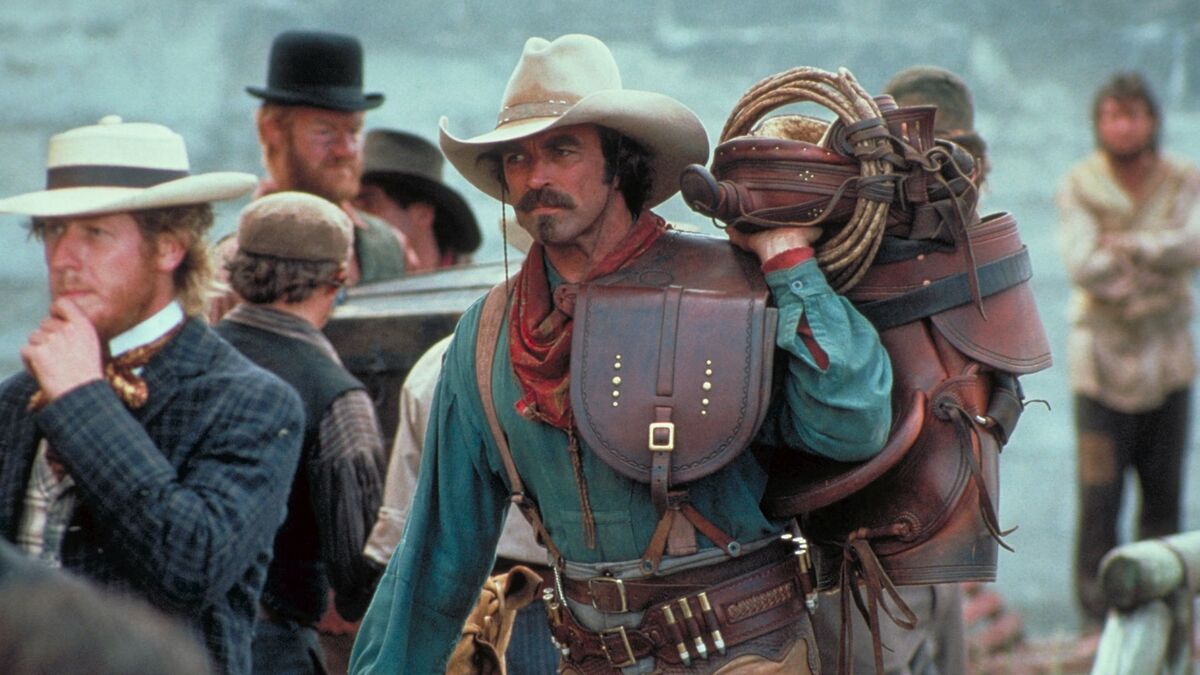
Along the way, Quigley forms an uneasy alliance with Sergeant James Harper (Sam Worthington), a disillusioned Australian cavalry officer haunted by his role in colonial violence. Their dynamic — Quigley’s moral clarity against Harper’s conflicted conscience — becomes the film’s emotional backbone. Together, they hunt down the men responsible: Colonel William Bryce (Hugh Jackman, in a commanding and complex performance), a war hero turned industrial baron whose vision of “progress” leaves ruin in its wake. Bryce sees himself as the future of the empire; Quigley, as the last man standing for an older code — justice over profit, loyalty over power.

The journey across the Outback is as breathtaking as it is brutal. Cinematographer Phedon Papamichael captures vast red plains, stormy skies, and ghostly dunes in golden light, evoking both the majesty and loneliness of the frontier. The action sequences — particularly a harrowing ambush in the desert and a final shootout at an abandoned mining town — are staged with visceral intensity and old-school grit. Every rifle shot feels earned, and every silence carries weight. Mangold’s direction grounds the gunfights in emotion, letting the violence serve the story rather than overwhelm it.
Cora’s role, too, is deeply expanded. No longer the comic relief of the first film, she has become Quigley’s conscience and equal — resilient, sharp-tongued, and wise. When Quigley’s quest threatens to consume him, she reminds him that survival isn’t just about fighting, but about protecting what’s worth living for. Laura San Giacomo delivers a tender, layered performance that anchors the film’s heart, while newcomer Hunter Page-Lochard shines as Winton, the Aboriginal marksman mentored by Quigley, symbolizing hope for the next generation.

The film’s score, composed by Marco Beltrami, pays homage to Basil Poledouris’s original theme with sweeping strings and haunting didgeridoo undertones that tie emotion to landscape. Quigley Down Under 2
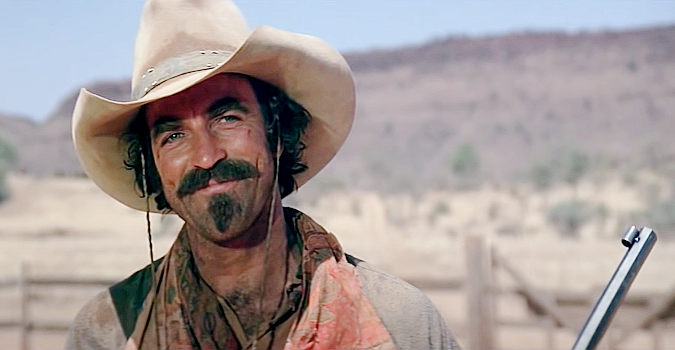
In the climactic finale, Quigley and Bryce face off in a duel that is less about bullets than about ideology. As smoke drifts over the desert and the sun sinks low, Quigley’s final words — “Some things you don’t aim for, you just do because they’re right” — echo across the sands. The last image shows him riding away with Cora and Winton at dawn, the red horizon stretching endlessly before them.
Longmire – Season 7 (2025)

Longmire – Season 7 (2025) marks the long-awaited return of the beloved neo-Western crime drama, resurrecting the stoic sheriff and his world of rugged justice for one final, emotionally charged chapter. Developed once again by John Coveny and Hunt Baldwin, with Robert Taylor reprising his iconic role as Walt Longmire, the new season picks up several years after the events of Season 6 — exploring redemption, legacy, and the question of whether a man can truly leave behind the life that defined him.
The story opens in Absaroka County, Wyoming, where a decade of uneasy peace has settled over the wide plains. Walt Longmire has retired from law enforcement, living quietly on his ranch with Vic Moretti (Katee Sackhoff), now his longtime partner in both life and love. Their world is calm but not content — Vic wrestles with the ghosts of her past cases, while Walt finds himself restless, haunted by dreams of unresolved wrongs and the steady encroachment of corporate power on the Wyoming frontier. When a mysterious murder occurs on Cheyenne land — a tribal activist found dead under suspicious circumstances — Walt is drawn back into a world he thought he’d left behind.
The crime quickly reveals deeper fractures beneath the surface. Henry Standing Bear (Lou Diamond Phillips), still running The Red Pony bar and serving as a cultural bridge between communities, warns Walt that this case isn’t just another killing — it’s the spark in a powder keg. A private energy company, backed by out-of-state interests, has been drilling near sacred tribal ground, stirring tension between the Cheyenne Nation and local ranchers. As Walt investigates, he uncovers a web of corruption, cover-ups, and disappearances that lead back to powerful men who view the land — and its people — as expendable.
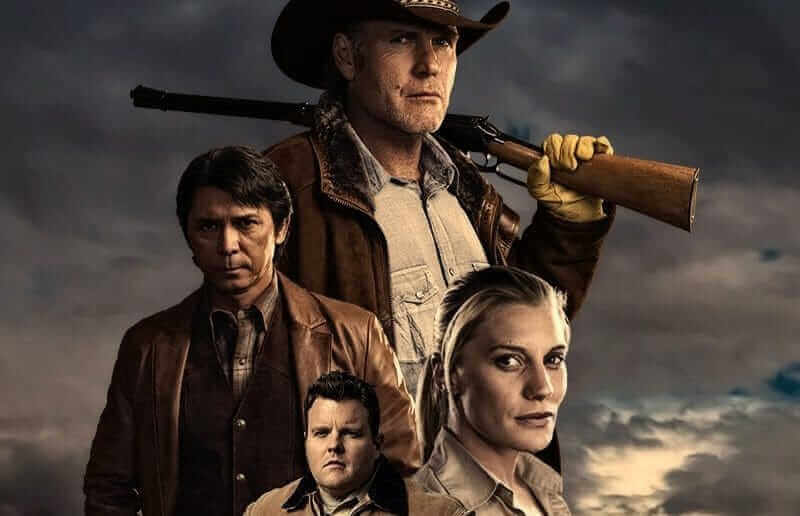
What follows is classic Longmire — quiet intensity punctuated by bursts of violence and moral reckoning. Walt, now slower but wiser, must confront the limits of his own code in a world that no longer believes in simple justice. Vic, now a lieutenant in the sheriff’s department, struggles to balance her loyalty to Walt with her duty to the law. Their relationship deepens into something raw and tender — two broken souls bound by loyalty and loss. Henry’s role grows profoundly spiritual this season; his story becomes one of healing, identity, and the painful cost of wisdom.
The season also brings back familiar faces: Ferg (Adam Bartley), now the sheriff of Absaroka County, finds himself torn between political pressure and the example of his mentor. Cady Longmire (Cassidy Freeman), now a prominent attorney and advocate for Native rights, fights to protect the land her father once defended with a badge. Her growing alliance with the tribal council — and her moral clash with the energy company’s legal team — puts her directly in the crosshairs of those who would destroy everything the Longmires have stood for.
Visually, the series remains as breathtaking as ever — sweeping shots of Wyoming’s mountains and valleys bathed in golden light, contrasting the serenity of nature with the brutality of human greed. The cinematography emphasizes silence and solitude: long takes of Walt riding alone across the plains, or standing beneath the wide-open sky, his weathered face framed against gathering storms. The score by David Buckley returns, layering mournful strings and subtle percussion to create a soundscape that feels both timeless and tragic.
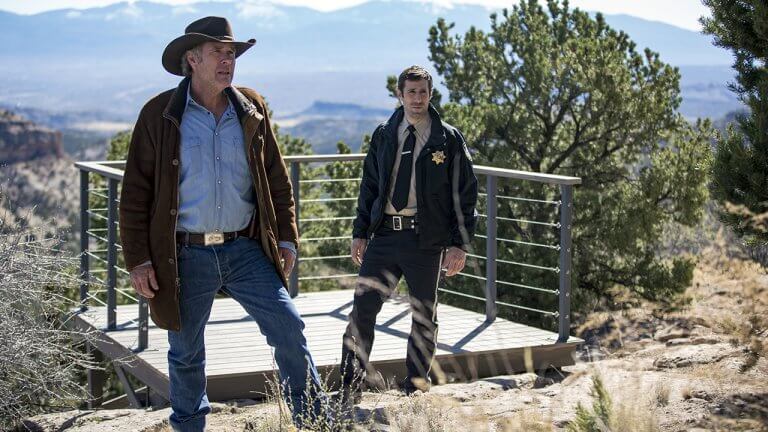
In the gripping finale, Walt uncovers proof that the company’s CEO — a former state senator — orchestrated multiple murders to cover up environmental crimes. The final showdown takes place on the same ridge where Walt first found peace years ago, now transformed into a battleground for the soul of Wyoming. When the dust settles, justice is served, but at a cost: Henry is gravely wounded, Vic resigns from the department, and Walt, once again, finds himself alone on the land he swore to protect. In the closing moments, Walt writes in his father’s old journal, his voice steady and calm:
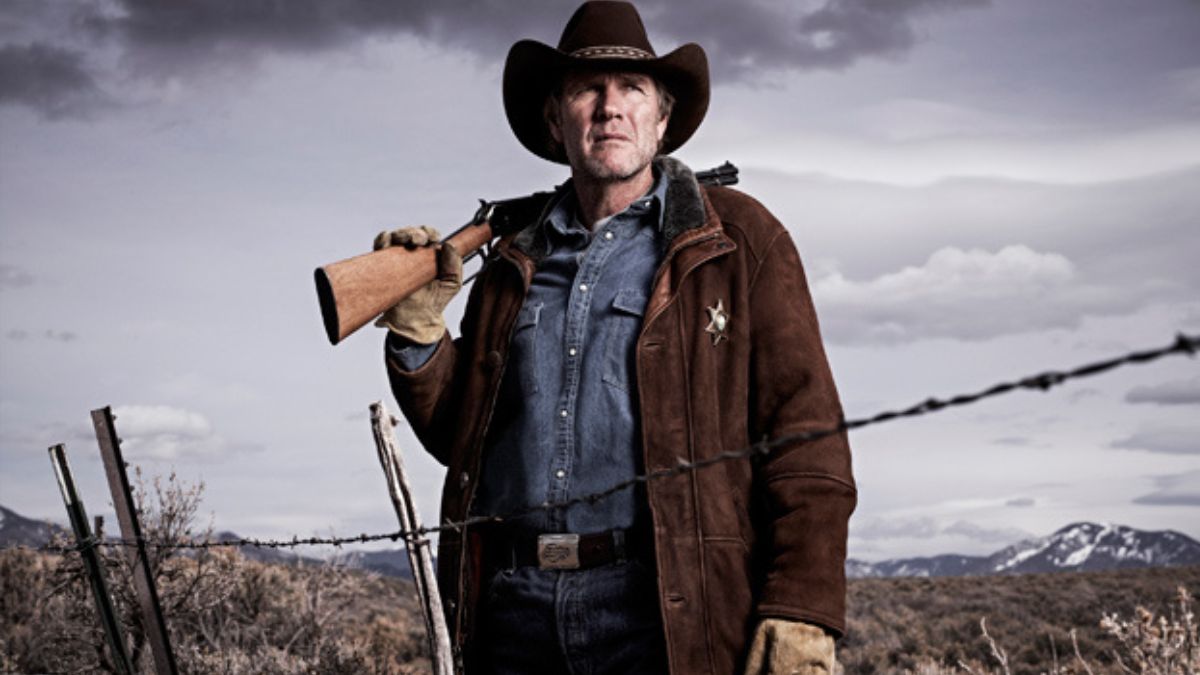
Longmire – Season 7 (2025) ends not with action, but with grace — Walt standing by the fence line at sunrise, watching wild horses run across the prairie. The camera pulls back slowly, the sky burning gold, as the iconic theme swells one last time. A story about justice, family, and the endurance of the human spirit, the final season closes the book on one of television’s most quietly profound heroes — a man who learned that true strength lies not in the gun you carry, but in the peace you finally make with yourself.





